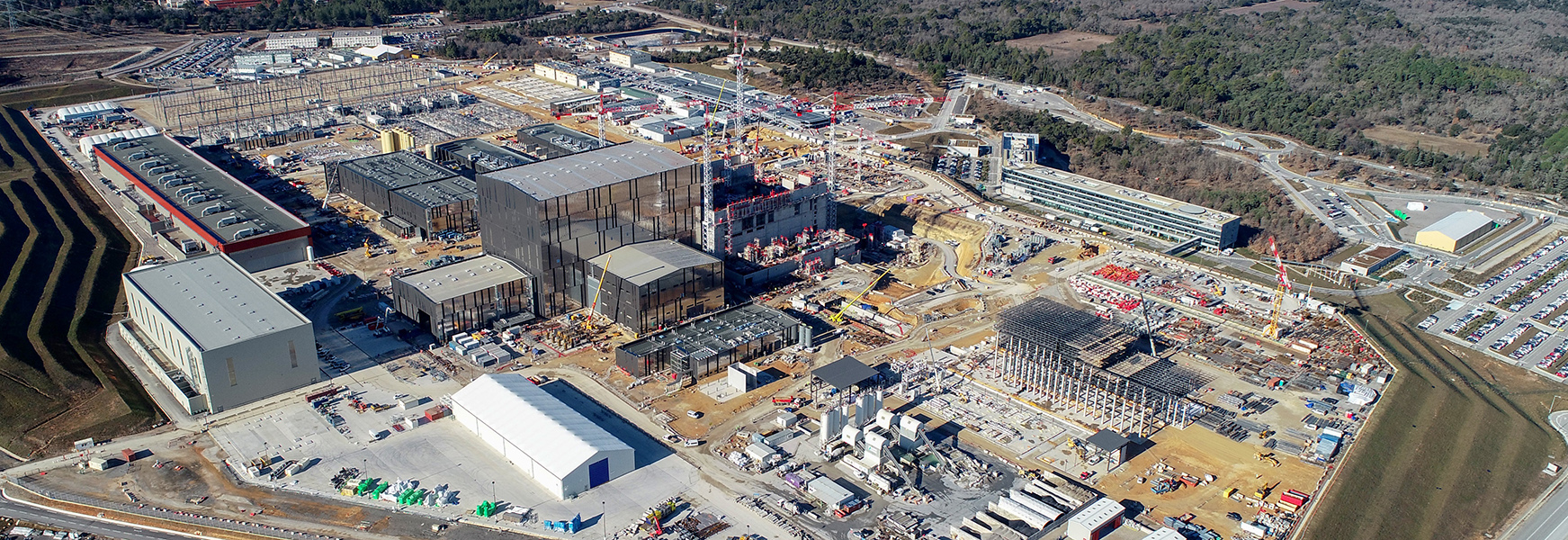
ITER
ERNE FITTINGS SUPPLIES PIPE FITTINGS FOR THE GLOBALLY-FUNDED AND FUTURE-ORIENTED ITER PROJECT
Erne Fittings has been delivering fittings for civilian nuclear power projects for almost 50 years. One of them is the ITER project currently under construction in France.
As a member of GNMS (Global Nuclear Metal Supply), Erne Fittings will deliver over 2,000 fittings for the groundbreaking ITER project funded by governments from around the world. The products include elbows, tees, reducers and caps, and range from V” to 12″. The fittings used for this project are manufactured from WP304L stainless steel, with special additional chemical composition re- quirements, and are used in the ITER Vacuum System and the ITER Detritiation System.
ITER (Latin for “the way”) is the largest fusion experiment yet to demonstrate fusion energy production. In a fusion reactor, the reactions that power the sun and stars are reproduced to generate energy. Hydrogen nuclei are fused into helium, releasing a large amount of energy. In the process implemented in a fusion reactor, a mixture of ionized gases (a plasma) is heated to approximately 150 million degrees. The hot plasma is confined and shaped by strong magnetic fields generated by an array of superconducting magnets. ITER is a “tokamak”, a Russian acronym for a toroidal chamber with magnetic coils. For the first time in the long history of fusion research, net energy production will be achieved in a fusion device. This makes ITER a significant step for future fusion power plants. The ability to generate electricity from fusion energy would provide a safe, environmentally-friendly and nearly unlimited source of energy.
A decisive political push was given to ITER in 1985 with the proposal of Soviet leader Mikhail Gorbachev to US President Reagan to launch international cooperative in nuclear fusion research “for the good of all mankind”. Conceptual work began in the following years. The final agreement on the project’s construction was signed on November 21, 2006 by the seven equal members of ITER. The members are China, the EU (representing the 28 EU states and Swit- zerland), India, Japan, South Korea, Russia and the United States. ITER represents the largest international scientific collaboration since the International Space Station (ISS). Construction of the ITER installation began in August 2010 under European responsibility. Today, over 2,000 people work on the construction site in Saint-Paul-lez-Durance, about 50 miles north of Marseille. Civil works for the ITER installation are more than 70 percent complete. Manufacturing of components and plant systems, which are procured by ITER members as “contributions in kind”, is 60 percent complete. ITER “first plasma” will be produced in late 2025, and full-power operation with actual fusion fuels (deuterium and tritium, the two heavy isotopes of hydrogen) is planned for 2035.
Source: www.iter.org
Erne News 03/2019
